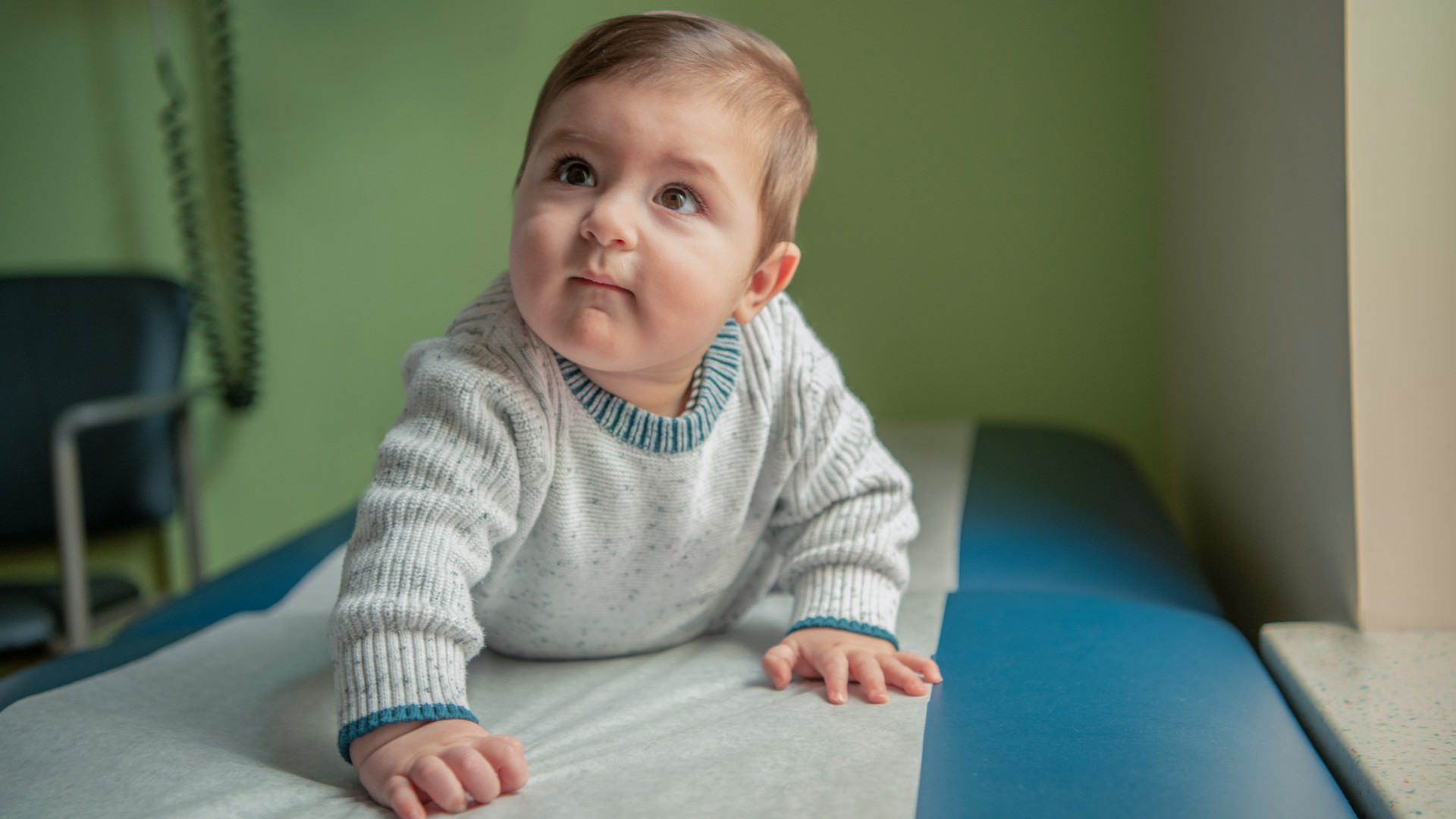Condition
Pediatric Neurogenic Bladder
What You Need to Know
Neurogenic bladder means the bladder doesn’t work normally because of nerve damage.
Key Symptoms
Neurogenic bladder can often cause the following symptoms:
- Issues holding in urine
- Urine leakage
- Issues releasing urine
Diagnosis
Doctors will perform the following to diagnose neurogenic bladder:
- Urine tests
- Urodynamic study
- Ultrasound
Treatment
Treatment for neurogenic bladder may include:
- Schedule breaks to use the bathroom
- Using a catheter
- Medication
- Surgery

Schedule an Appointment
Our pediatric specialists provide personalized care for your child’s physical, mental and emotional health needs. Meet the providers who treat neurogenic bladder and schedule an appointment today.


Frequently Asked Questions
What is neurogenic bladder in children?
What causes neurogenic bladder in a child?
Which children are at risk for neurogenic bladder?
What are the symptoms of neurogenic bladder in a child?
How is neurogenic bladder diagnosed in a child?
How is neurogenic bladder treated in a child?
What are possible complications of neurogenic bladder in a child?
How can I help my child live with neurogenic bladder?
When should I call my child’s healthcare provider?
Departments that Treat Neurogenic Bladder

Urology
Children's National is ranked one of the nation's best pediatric hospitals for urology thanks to our expertise in diagnosing and treating disorders affecting reproductive and urinary organs in children. Learn more about this department.

Help Kids and Make a Difference
Invest in future cures for some of life's most devastating diseases. Give today to help more children grow up stronger.




